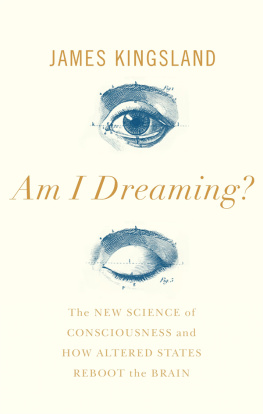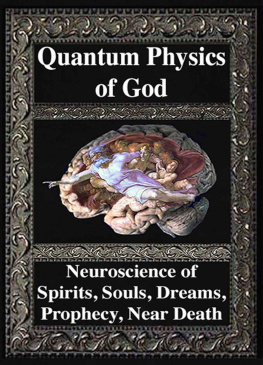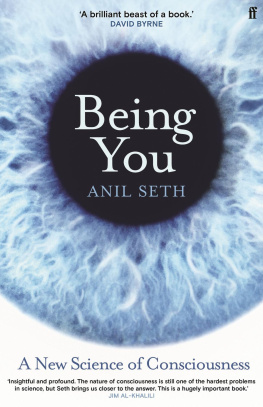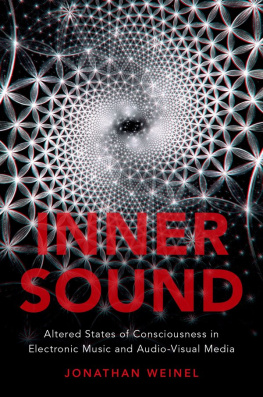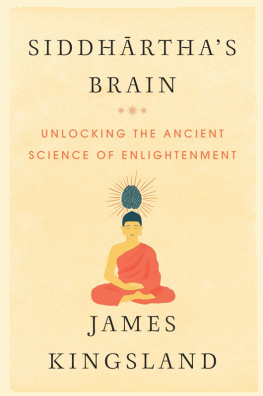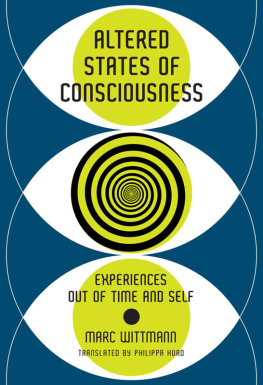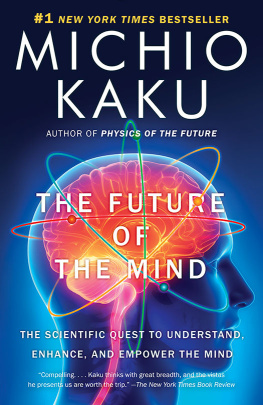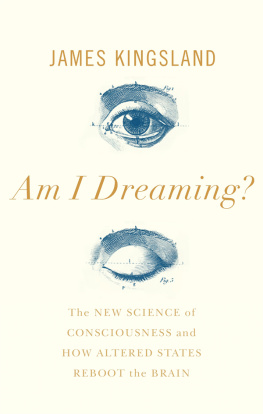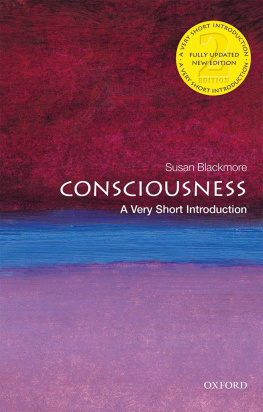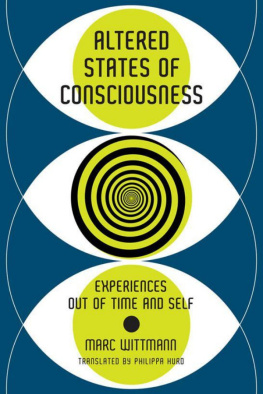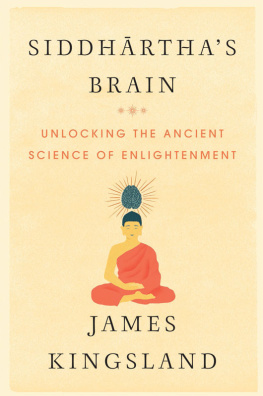Contents
Guide
Am I Dreaming?
JAMES KINGSLAND is a science journalist with more than twenty-five years experience working for publications including New Scientist and Nature. Most recently he was a commissioning editor and science production editor for the Guardian. He is the author of Siddharthas Brain: Unlocking the Ancient Science of Enlightenment.

Published in hardback and trade paperback in Great Britain in 2019 by
Atlantic Books, an imprint of Atlantic Books Ltd.
Copyright James Kingsland, 2019
The moral right of James Kingsland to be identified as the author of this work has been asserted by him in accordance with the Copyright, Designs and Patents Act of 1988.
All rights reserved. No part of this publication may be reproduced, stored in a retrieval system, or transmitted in any form or by any means, electronic, mechanical, photocopying, recording, or otherwise, without the prior permission of both the copyright owner and the above publisher of this book.
Every effort has been made to trace or contact all copyright holders. The publishers will be pleased to make good any omissions or rectify any mistakes brought to their attention at the earliest opportunity.
1 3 5 7 9 10 8 6 4 2
A CIP catalogue record for this book is available from the British Library.
Hardback ISBN: 978 1 78649 550 1
Trade paperback ISBN: 978 1 78649 551 8
E-book ISBN: 978 1 78649 552 5
Printed in Great Britain
Atlantic Books
An imprint of Atlantic Books Ltd
Ormond House
2627 Boswell Street
London
WC1N 3JZ
www.atlantic-books.co.uk
For our guardian angels,
Stefana, Biz, Amit and Brooks
Contents
Introduction
Is all that we see or seem, but a dream within a dream?
Edgar Allan Poe, A Dream Within a Dream
The shamans assistant shone her torch in my face and whispered in my ear, Are you OK, James? like a kindly nurse to a patient coming round after an operation. A French woman in her early thirties who spoke several languages fluently, her role in the ceremony was to translate the shamans Spanish instructions, issue calm reassurance as required and usher us to the toilets in the dark. I told her I felt just fine. Thats good, she said. Do you want to drink again?
The ink-black interior of the ceremonial hut, or maloca, raised on stilts over a muddy stream in the Peruvian Amazon did feel like a hospital ward. My fellow patients were sitting or lying on wipe-down plastic mattresses in the darkness on either side of me, each with a puke bucket within easy reach. The more organized among us had brought our own torches to light our way on the almost inevitable, urgent dashes to relieve ourselves that we were going to have to make during the night.
A whole range of afflictions had brought us to this jungle ward in February 2017. Some were seeking healing for drug addiction, depression or past traumas. Others, like me, simply yearned for a greater sense of meaning and purpose in their lives, a spiritual epiphany that mainstream religion had somehow failed to deliver, an antidote for the frustration and cynicism of middle age. For weeks, in preparation for the operation, we had abstained from sexual activity and followed a highly restrictive diet free from red meat, spices, salt and pepper, oils, animal fat, dairy, chocolate, carbonated drinks, tea, coffee and alcohol. At dusk, the female shaman had ritually cleansed us with wild tobacco smoke, blowing it onto the palms of our hands, the tops of our heads and into our clothes. Finally we were called forward one at a time to gulp down a personalized dose of the bitter medicine, known as ayahuasca or yag. Once swallowed, there was no turning back. We were strapped in for what could be a frightening ride.
Are you sure about this?! had been the response of my former colleague Ian Sample, the science editor at the Guardian newspaper in London, when I emailed him a month earlier to tell him what I was planning. It sounds fun/terrifying/bonkers. I was sure at least at first.
Before the arrival of European settlers and Christianity in the late fifteenth century, ayahuasca was widely employed by the indigenous peoples of the Amazon in their religious ceremonies, in rites of passage and as a medicine. During the colonial era its use was suppressed and survived only in the relatively inaccessible Upper Amazon, but in the past decade plane-loads of Western tourists have descended on the region to drink the psychedelic brew, and in parallel there has been an explosion of scientific interest.
I travelled to Peru partly as research for a Guardian article but also in the hope of improving my own well-being. A few months before my adventure, I read a study suggesting that ayahuasca can change a persons outlook, making them less judgemental and To be honest, this all seemed a little too good to be true. I had interviewed some of the scientists behind the studies and now I wanted to try the medicine for myself.
After filling out a battery of medical questionnaires in which I painted a rosy picture of my physical and mental health, I was excited to be offered a place on an ayahuasca retreat at the highly-regarded Temple of the Way of Light near Iquitos in Peru. The temples intensive treatment programme would involve five ayahuasca ceremonies in the space of nine days, personal consultations with facilitators, workshops and cleansing flower baths. Reassuringly, the ceremonies would be conducted by experienced Shipibo healers with English-speaking facilitators on hand throughout.
A little over a week before my flight, however, I started to get cold feet. It wasnt the rare but widely reported fatalities among the thousands of Western tourists who had drunk ayahuasca in South America over the past few years that spooked me. (On closer inspection most, if not all, of these deaths turned out to be associated with poorly run retreat centres and caused by factors unrelated to ayahuasca itself, such as reactions to other psychoactive drugs and a road traffic accident.) It was my family history of bipolar disorder.
I dont personally have the condition, which causes alternating bouts of crushing depression and mania verging on psychosis, but drinking ayahuasca or smoking its psychedelic component dimethyltryptamine (DMT) has been known to unmask these symptoms The same is true of all the classic psychedelics. When the psychedelic properties of DMTs hell-raising cousin lysergic acid diethylamide (LSD) were first identified in the forties, scientists were initially more intrigued by its ability to provoke symptoms of psychosis, such as hallucinations and delusions, than they were by its promise as a medicine. In a series of clandestine research projects in the US in the fifties and sixties as part of its MKUltra programme, the CIA investigated the possibility of using LSD as a mind-control weapon to temporarily scramble the brains of high-ranking enemy officials before important meetings or speeches, as a form of mental torture to elicit confessions from foreign agents, and to brainwash subjects into becoming robot agents. The investigations were eventually abandoned after it became clear the effects of the drug were too unpredictable, but not before hundreds of unwitting subjects had been dosed without their consent.
LSD, DMT and psilocybin (the psychedelic component of magic mushrooms and truffles) are grouped under the title classic psychedelics because they all achieve their transient, psychosis-like effects by binding to the same molecule in the brain, the serotonin 2A receptor. The receptors normal binding fellow serotonin is a neurotransmitter that boosts nerve signal transmission, and there has been speculation that the receptor is involved in responses to extreme stress. Worryingly, some antipsychotic drugs appear to work by

